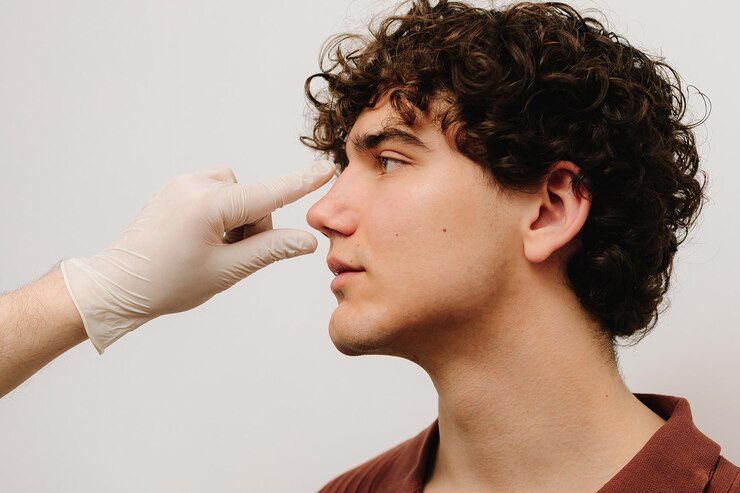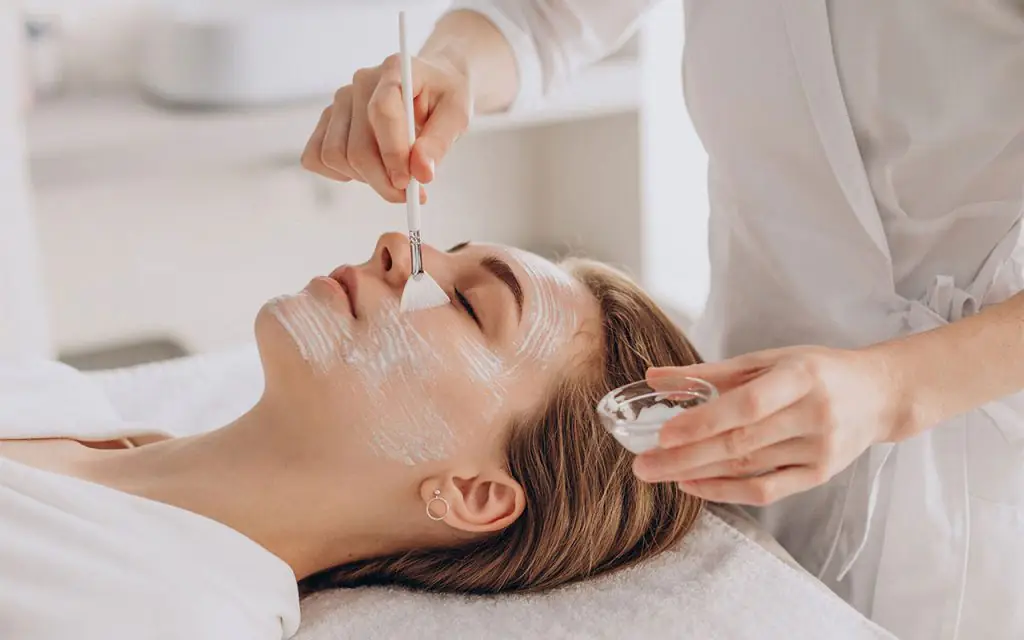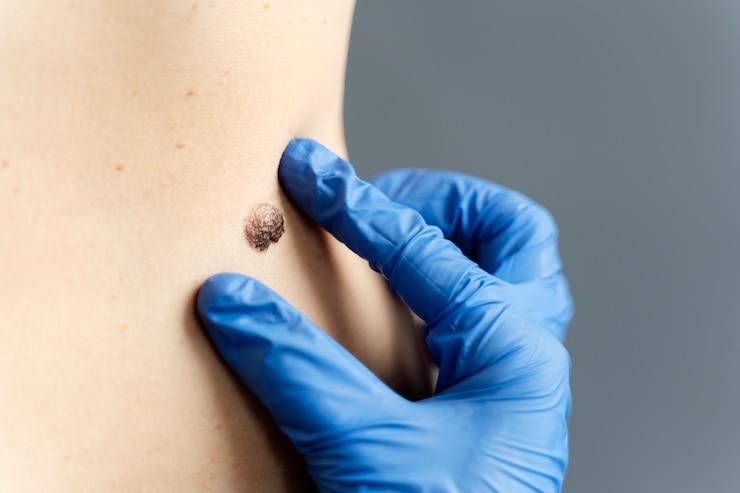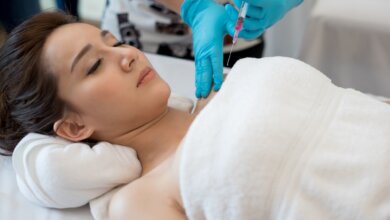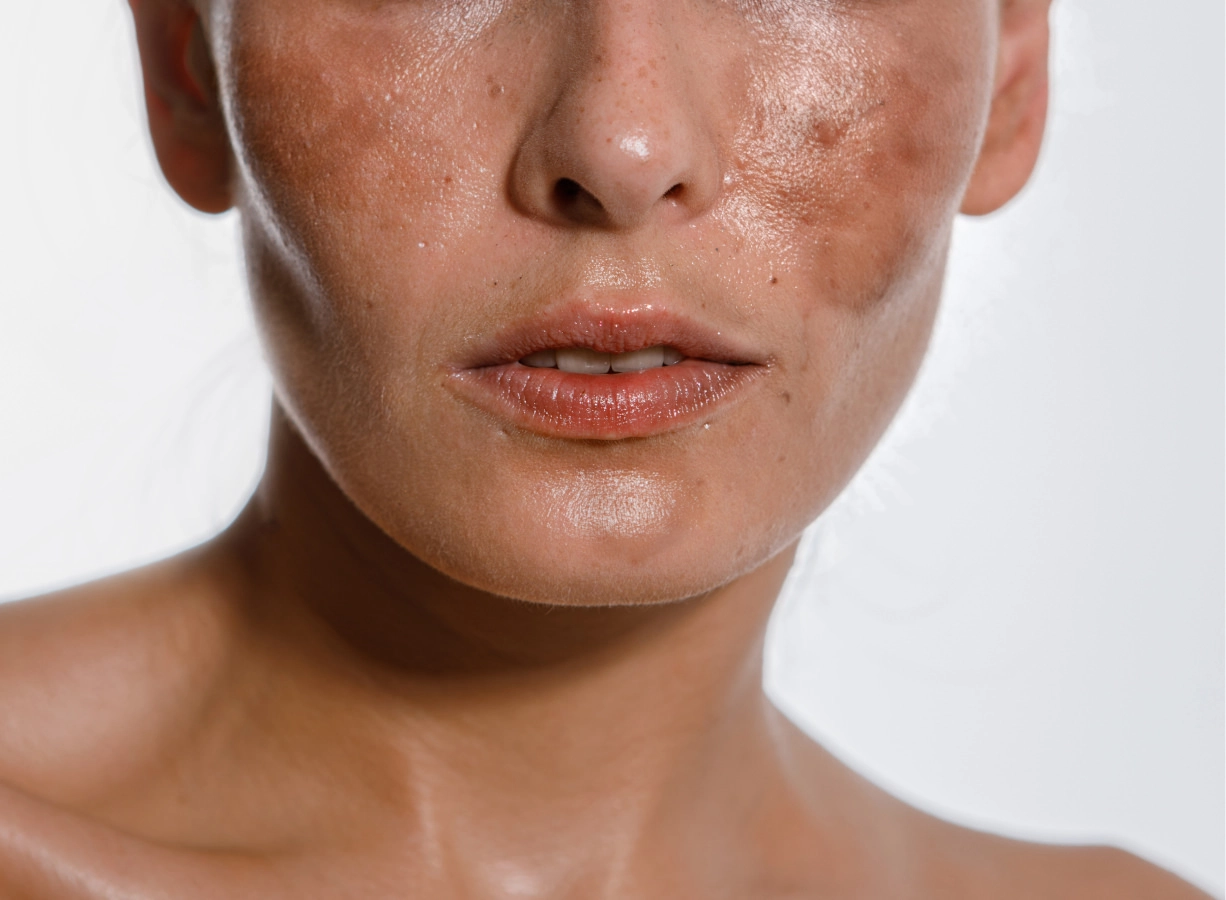
Dark spots, also known as hyperpigmentation, can affect anyone—regardless of age, gender, or skin type. They often appear as small, flat patches of skin darker than the surrounding area. While these spots are harmless in most cases, they can be frustrating, affecting self-confidence and the overall appearance of the skin. From sun exposure to hormonal changes, a variety of factors can contribute to their formation. When it comes to professional treatments for removing dark spots effectively, Dynamic Life Clinics in Dubai is a trusted name for delivering safe, innovative, and result-oriented cosmetic solutions.
Understanding Dark Spots
Dark spots on the face can occur due to an overproduction of melanin—the pigment responsible for skin color. This excessive pigment is deposited unevenly, leading to localized patches of darker skin.
Common Causes of Dark Spots:
- Sun Exposure – UV rays trigger melanin production as a defense mechanism.
- Aging – Age spots (lentigines) commonly appear with maturity.
- Hormonal Changes – Pregnancy, menopause, or birth control pills can cause melasma.
- Post-Inflammatory Hyperpigmentation (PIH) – Dark marks left behind after acne or skin injury.
- Medications – Certain drugs increase sensitivity to sunlight.
- Genetic Factors – A family history of pigmentation issues.
Professional Treatments for Dark Spot Removal
At specialized dermatology centers, modern technologies and targeted treatments can help eliminate or significantly reduce dark spots. Below are some of the most effective approaches used:
| Treatment | How It Works | Best For | Downtime |
|---|---|---|---|
| Laser Therapy | Breaks down melanin deposits using focused light energy. | Sunspots, age spots, PIH | Minimal |
| Chemical Peels | Exfoliates top skin layers, promoting new cell growth. | Uneven tone, superficial pigmentation | 2–5 days peeling |
| Microdermabrasion | Gently removes outer dead skin layers to improve tone. | Mild hyperpigmentation | None |
| Microneedling with PRP | Stimulates collagen production and cell renewal. | Melasma, deep pigmentation | 1–2 days redness |
| Topical Medical Creams | Lightens spots using prescription-strength ingredients. | Mild to moderate spots | None |
Why Professional Treatment is Better than Home Remedies
While natural remedies like lemon juice, aloe vera, and turmeric are popular, they often provide minimal or temporary results and may cause skin irritation. Professional treatments, on the other hand:
- Use scientifically proven methods.
- Offer faster, long-lasting results.
- Are tailored to your skin type and pigmentation depth.
- Are performed under medical supervision for safety.
Step-by-Step Dark Spot Removal Journey
Comprehensive Skin Analysis
A dermatologist examines your skin under specialized lighting to identify pigmentation type and severity.
Customized Treatment Plan
The chosen treatment depends on your skin tone, spot location, and underlying cause.
Treatment Sessions
Depending on the method, multiple sessions may be scheduled for optimal results.
Aftercare & Maintenance
Post-treatment skincare, including sunscreen use, is crucial to prevent recurrence.
Tips to Prevent Dark Spots from Returning
Prevention plays a key role in maintaining clear skin after treatment.
- Apply Sunscreen Daily – SPF 30 or higher, even indoors.
- Avoid Peak Sun Hours – Between 10 AM and 4 PM.
- Gentle Skincare – Avoid harsh scrubs that irritate skin.
- Healthy Diet – Rich in antioxidants like Vitamin C and E.
- Regular Check-ups – Periodic dermatology visits for monitoring.
Skincare Ingredients that Help Fade Dark Spots
| Ingredient | Benefit |
|---|---|
| Vitamin C | Brightens skin and reduces melanin production. |
| Niacinamide | Evens skin tone and strengthens the skin barrier. |
| Kojic Acid | Inhibits pigment production. |
| Retinoids | Speeds up cell turnover. |
| Azelaic Acid | Reduces inflammation and hyperpigmentation. |
Myths vs. Facts About Dark Spots
| Myth | Fact |
|---|---|
| Only older people get dark spots. | They can occur at any age due to sun, acne, or hormones. |
| Sunscreen is only for sunny days. | UV rays penetrate clouds and windows, so daily use is essential. |
| Laser treatments damage the skin. | Modern lasers are safe and target only pigmented cells. |
| Home remedies work just as well as medical treatments. | Professional care is more precise and effective. |
FAQ’s
How many sessions are needed to remove dark spots?
The number of sessions depends on the type of pigmentation, depth, and chosen treatment. Some spots fade in 1–2 sessions, while stubborn ones may require 4–6.
Is dark spot removal painful?
Most treatments are well-tolerated. Mild tingling, warmth, or redness may occur temporarily.
Can dark spots come back after treatment?
Yes, if skin is exposed to sun without protection or hormonal imbalances occur. Following aftercare is essential.
Are these treatments safe for all skin types?
Yes, but the treatment plan will be tailored to suit different skin tones to avoid complications like post-inflammatory hyperpigmentation.
Can pregnant women undergo dark spot removal?
Many treatments, like lasers and strong peels, are avoided during pregnancy. Gentle topical options may be recommended instead.
Conclusion
Dark spots on the face can be stubborn, but with the right approach and expert care, achieving a brighter, even-toned complexion is possible. Advanced dermatological treatments offer safe, fast, and noticeable results compared to at-home remedies. Whether your pigmentation is due to sun damage, acne scars, or hormonal changes, a personalized treatment plan from a professional can make all the difference.


